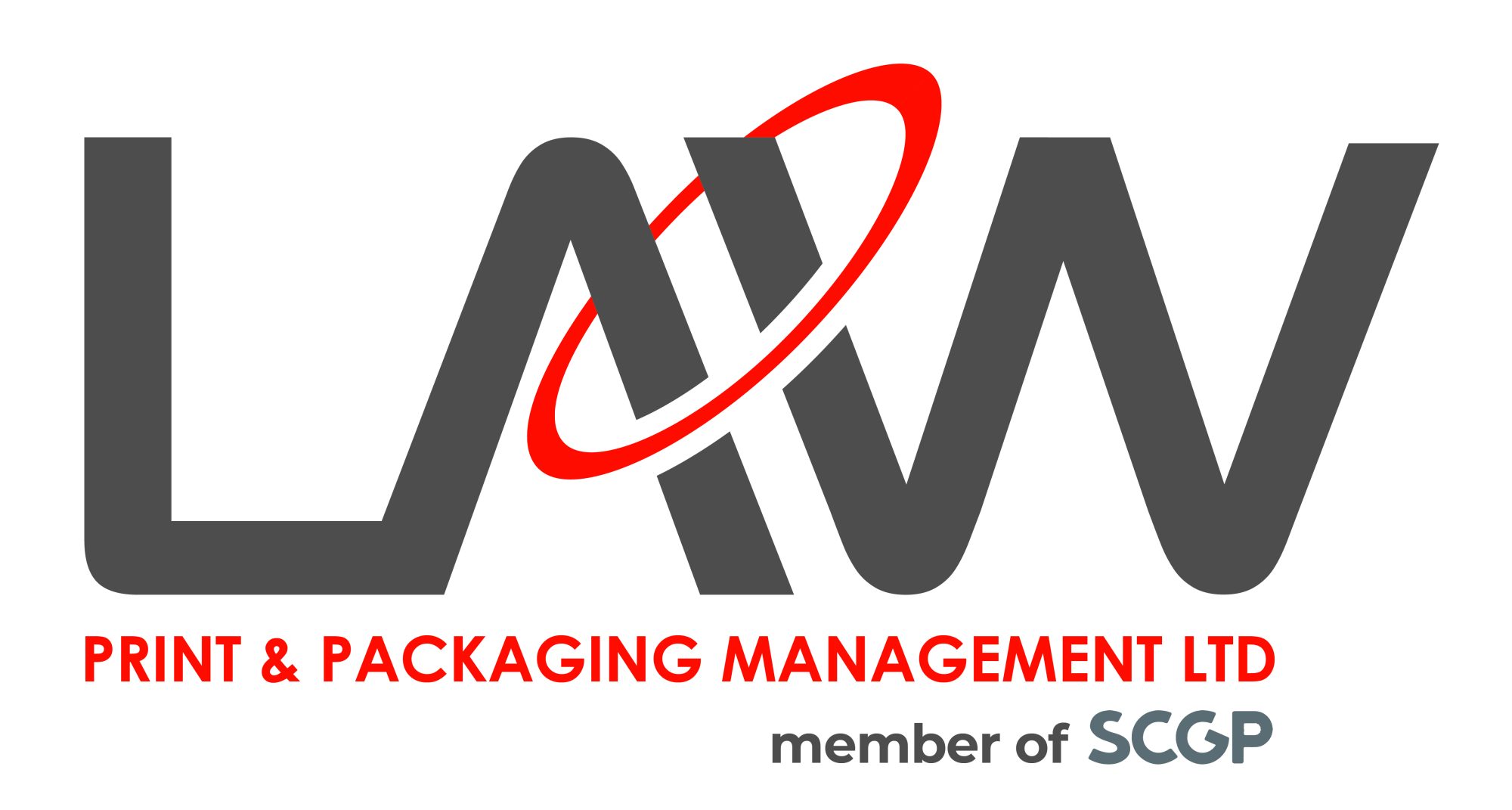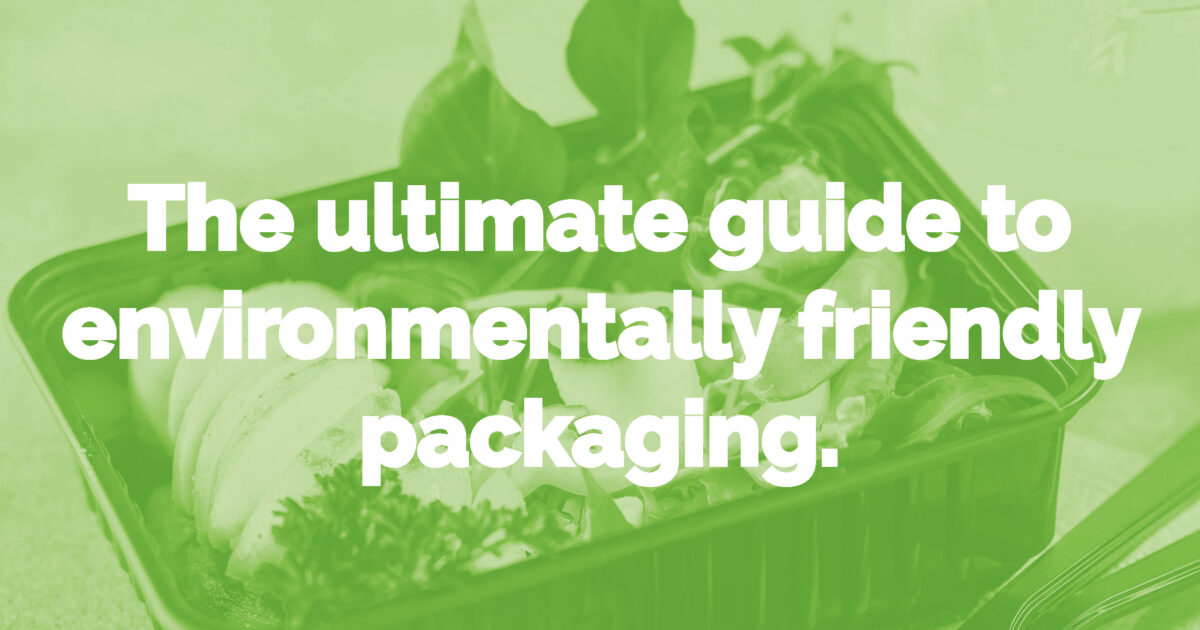We all know the packaging industry has a lot of bad press. Excess material, non-recyclable plastics, ocean pollution and landfill sites make difficult reading. Statistics have shown that the average consumer will handle over 50 packaged items a day. So it’s no surprise we are becoming more aware of our eco-footprint with environmentally friendly packaging options.
In response, packaging firms have invested in research and NPD with emphasis on environmentally friendly packaging alternatives. But what does it mean when packaging is said to be ‘environmentally friendly’? And are all the claims made by global brands actually true?
We take a closer look at the real meanings and claims to help you identify the best environmentally friendly packaging solution for your product.
Environmentally friendly packaging – What is it?
When companies use environmentally friendly claims on their packaging it can fall into several categories; recyclable, reusable, biodegradable and compostable.
Reusable
Reusable packaging has been purposefully designed to be cleaned and reused in multiple trips. Sometimes packaging can be reused in a completely random and imaginative way, but it is mainly for economical and sustainable reasons. Typical reusable items are beer kegs and glass milk bottles.
Recyclable

Paper is the most obvious recyclable material used in packaging. Recycling paper can have clear benefits to the environment as it diverts waste from landfill sites.
There is also the option to use paper that has already been through the recycling process previously. There is also the option to use FSC Certified Paper, which ensures the wood pulp is sourced in an environmentally friendly, well-managed forest.
Limitations with Paper Packaging
Using paper for packaging is a great way to kerb your eco-footprint. But for many food products using paper alone cannot preserve the product for the time now expected by many retailers.
Products like flour and sugar with a longer shelf life are able to use traditional paper sacks. For more fresh produce the packaging may need a protective lamination such as PLA (PolyLactic Acid), a bio-plastic material derived from corn starch. As a plant-based polymer, it means you retain those eco-friendly brownie points. Be cautious of packaging companies offering different liners that may be plastic based and in which case prevent the product from being recycled.
Biodegradable Packaging
 Apart from paper and cardboard, other biodegradable packaging uses plant-based materials and films. They have the ability to break down and decompose into natural elements within a year or less.
Apart from paper and cardboard, other biodegradable packaging uses plant-based materials and films. They have the ability to break down and decompose into natural elements within a year or less.
Most biodegradable packaging materials will still end up in landfill sites, but the ability to decompose over time clearly benefits the environment by reducing waste. The most popular material for biodegradable packaging is created from PLA film.
Compostable Packaging

Compostable packaging is extremely similar to biodegradable packaging as they are both designed to break down and return to the earth. The significant difference between the two is that compostable packaging materials actually give nutrients back to the earth after breaking down.
It means that rather than sending materials to landfill sites, packaging can be added to professionally managed compost piles. What many consumers do not realise is that compostable packaging needs extremely specific enabling conditions to decompose. If you were to dispose of the material in your compost bin at home it could take a very long time for the process to complete.


